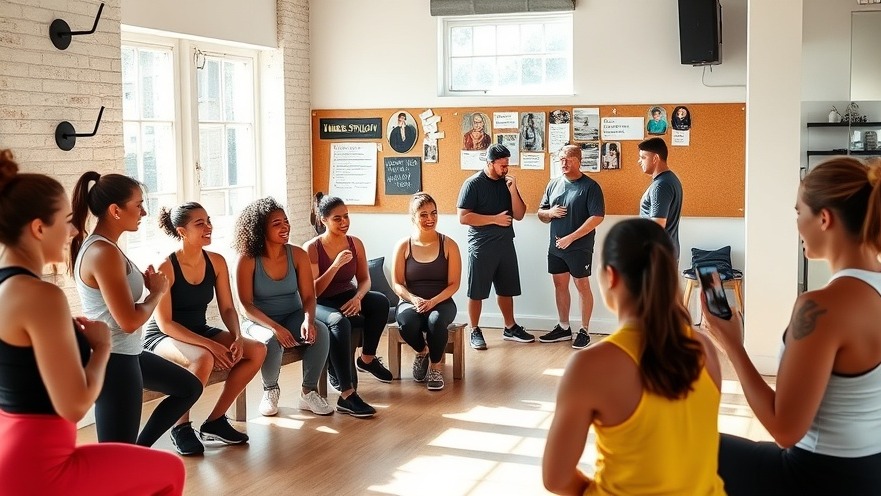
Understanding Muscle Growth: Facts and Myths
Every avid gym-goer has encountered the endless debate surrounding muscle growth, often tangled in myths that can mislead even seasoned lifters. In insights drawn from the expertise of Dr. Eduardo De Souza, a recognized scholar in hypertrophy research, we dismantle long-standing misconceptions and unveil what truly drives muscle growth.
In 'Muscle Growth Myths Destroyed by Top Researcher - Dr. Eduardo De Souza', the discussion dives into the essential truths about muscle growth, exploring key insights that sparked deeper analysis on our end.
The Reality of Muscle Loss
As we age, our bodies inevitably experience muscle loss—approximately 2.5% per year after age 30. However, this doesn't mean that all hope is lost when it comes to maintaining or even increasing muscle mass. Dr. De Souza emphasizes the importance of protein synthesis, which must exceed protein breakdown for muscles to grow. This balance can be positively influenced through resistance training and a diet rich in quality proteins.
Setting the Record Straight: Exercise Volume and Hypertrophy
One of the most persistent myths in the fitness community is that more exercise is always better. Research now shows that while higher volume workouts can lead to greater gains, substantial muscle hypertrophy is still possible with lower volumes. Dr. De Souza reveals that effective training doesn’t solely hinge on the quantity of exercises performed but rather on the effectiveness and variety incorporated into routines.
Interestingly, the peer review process in scientific research also plays a crucial role in shaping our understanding of training protocols. Adjustments made during peer reviews can shift the interpretations of data and thus influence future training guidelines.
Understanding Confounding Variables
Many fitness enthusiasts are quick to apply findings from studies without fully understanding the numerous confounding variables involved. Dr. De Souza elaborates on this issue, highlighting the importance of considering various factors when analyzing research outcomes. For instance, muscle assessments using advanced techniques like MRI have shown how different exercises target specific muscle heads, suggesting that exercise selection is more crucial than simply varying the load.
The Aging Muscle: Changes to Expect
As we advance in age, various physiological changes occur within our muscles. Dr. De Souza outlines that older muscles often contain less contractile tissue and more fibrous tissue, leading to decreased muscle quality. To combat these changes, he recommends regular resistance training as an effective strategy to maintain muscle functionality.
Embracing Individuality in Training
There’s a critical takeaway for anyone on their fitness journey—recognize that each body responds differently to exercise. What works for one person may not yield the same results for another. Dr. De Souza urges individuals to become their own experimenters in the gym, noting that personal experiences can guide better training choices.
Lastly, maintaining a flexible training mindset can lead to more significant results over time, especially when combined with proper sleep and recovery methods.
In summary, engaging regularly in resistance exercises, ensuring adequate protein intake, and understanding the individualized nature of training can empower everyone—regardless of age—to optimize muscle growth effectively.
 Add Row
Add Row  Add
Add 




Write A Comment